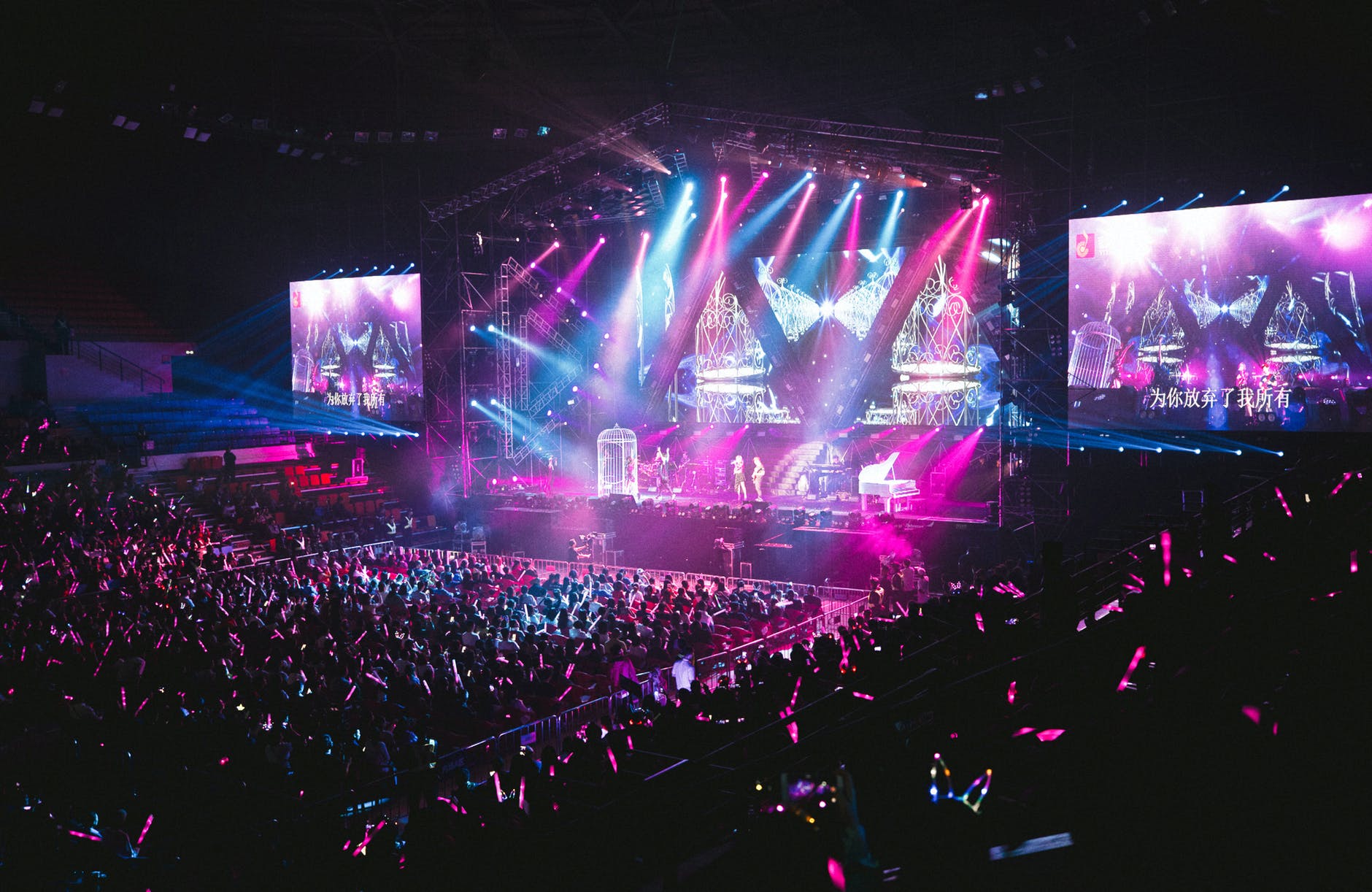The introduction of a series of new standards in China will help promote the development of China's LED industry and technological innovation, and at the same time promote the development of LED lighting industry more standardized and healthy.
Standards are not "thresholds"
At present, in addition to the “Safety Requirements for LED Modules for General Lighting†and the control device for lamps, Part 14: Special requirements for DC or AC electronic control devices for LED modules, the two standards will be formally implemented at the end of this year. The remaining standards have been from the beginning of the year. Formally implemented. Whether these standards can really play its role, the reporter learned about the company.
"The standard will become the threshold of the Shanzhai enterprise," a Dongguan LED manufacturer salesman told reporters.
A quarter of the country's LED manufacturers are located in Guangdong, including many small home-plant manufacturers. These small manufacturers rely on price advantages, have short production cycles, and have some customers in the low-end market. The products produced by these small enterprises are basically difficult to meet, and these companies may be rejected by the standard.
On the contrary, for large companies, the standard is not a threshold but a more advanced technology benchmark. OSRAM (China) Lighting Co., Ltd., Guangdong Snow Light Optoelectronics Technology Co., Ltd., Shenzhen Lehman Optoelectronics Technology Co., Ltd. three well-known LED companies related personnel all said that the standard is not a problem.
Mr. Zhang of Shenzhen Lehman Optoelectronics Technology Co., Ltd. told reporters that this series of standards provided valid data for the production and testing of products. Li Zili, senior engineer of the Guangdong Provincial Product Quality Supervision and Inspection Institute gave an example for analysis. He said that the “Safety Requirements for LED Modules for General Lighting†provides detailed data on whether or not the product is tested for heat dissipation. Heat resistance by the ball pressure test to test: test temperature of ± 5 °C, but the minimum is 75 °C, indentation diameter of not more than 2mm. Fire protection by the 650 °C glow wire test to test: glow wire 650 °C, glow wire on the sample 30s.
Standards will advance with the times
After the introduction of the series of standards, some companies questioned the advanced nature of the standard. Mr. Zhang of Lehman Optoelectronics stated that at present, the performance requirements of LED application products are constantly changing and improving, and the products are not yet mature, so it is difficult to formulate suitable application product standards. Perhaps the standard has just been formulated and the technology of the product has greatly exceeded the current standard level.
He believes that the LED standard will be gradual. The establishment of a standard requires a process in which many products have not yet been finalized and the technology is developing rapidly. Therefore, standards can be developed in a planned and planned manner according to the progress of the development of the LED industry.
Based on the current state of development of the industry, relevant persons from the Ministry of Industry and Information Technology stated that the issuance of these 9 electronic industry standards is only the first step in the standardization of lighting technology, and the work to improve and perfect this standard system is also heavy and important. Road far. The relevant standards working group is currently working on the development of new electronic industry standards, including test methods and technical specifications for LED application epitaxial wafers, technical specifications for low-power LED chips, naming rules for LED devices, and reliability test methods for LED components. As well as the feasibility series of solid-state lighting equipment, these are to be completed this year.
In addition, the standard working group will also develop test methods for LED module components, formulate series of standards for power ICs and control ICs, and formulate detailed specifications for LED devices for different applications.
The DMX console is the central controller for controlling all stage lights and special effects equipment. Almost all equipment needs to be connected to it, and users use it to issue control commands to all equipment. It can be controlled in real time, or the device can be programmed to display specific effects at a fixed time. Even with the stage equipment, the DMX console is also essential, just like there are more soldiers, the commander still needs to give orders to them. There are also many different types controllers to work for different quantity Stage Lights.

DMX Controller, DMX Consule
Guangzhou Cheng Wen Photoelectric Technology Co., Ltd. , https://www.cwdisplay.com